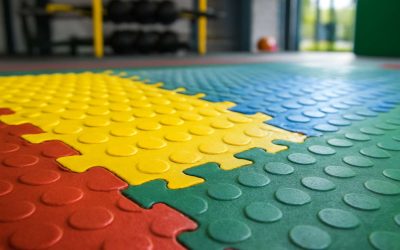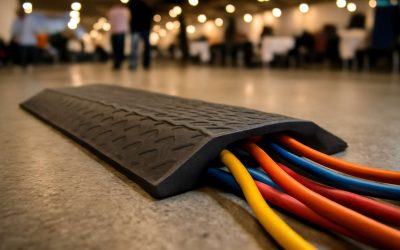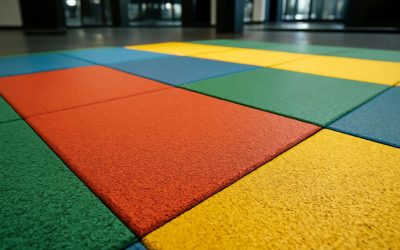Rubber roof tiles are not something that most homeowners are familiar with. As a result, many make poor purchasing decisions that can lead to unsatisfactory results in the end. To avoid these problems, homeowners must arm themselves with all of the necessary information that will help them choose the right tile roofing product for their home.
The main reason why homeowners might want to install a rubber roof is that it is a safe option for kids and pets. Rubber is slip-resistant, which means people will not get injured when they fall on the floor. Additionally, the material cushions the impact of falls, making it an ideal option for children’s playgrounds and high-impact workout areas. Moreover, rubber is an excellent insulator, meaning it can keep the indoor temperature stable and prevent hot and cold spots.
Another reason why homeowners may want to use these tiles is that they are easy to maintain and can be cleaned by simply mopping or vacuuming. Additionally, they are easy to install, which can save on labor costs. However, homeowners should keep in mind that improper installation can cause leaks or other damage to the roof deck.
Unlike traditional shingles, these roof tiles are made from recycled rubber products. These include tires and other scrap rubber materials that would otherwise have been thrown away or burned, which creates pollution. To manufacture these tiles, manufacturers grind up these waste materials and mix them with additives to give them color and stability. The tiles are then formed into the shape of slate or clay tiles using molds.
One of the key benefits of these tiles is that they are easier to install than their natural counterparts. They can be glued to the deck using an adhesive or attached with tabs and slots that allow for a free-floating layout. This can greatly reduce the installation time and allows the installer to do a quick and inexpensive job without having to add a lot of glue.
These tiles are also a good choice for roofs that will receive lots of sunlight. They are able to withstand UV radiation, which can damage other types of tiles. The reason why they are able to resist this damage is because the materials that they are manufactured from contain carbon black, which gives them an inherent ability to withstand UV radiation.
It is important to note that, despite their durability, these tiles cannot be installed on roofs with a low pitch. The minimum slope that these tiles require is 2 1/2:12. If a roof has a lower pitch, it will be difficult for water to flow down and could lead to leakages.
While the majority of homeowners will probably opt for rubber tiles, there are other options available. For example, concrete roof tiles are stronger than clay or rubber roofs, and they are resistant to heat, wind, and rain. They are also more affordable than most other roofing products, and they have a much longer lifespan.



0 Comments